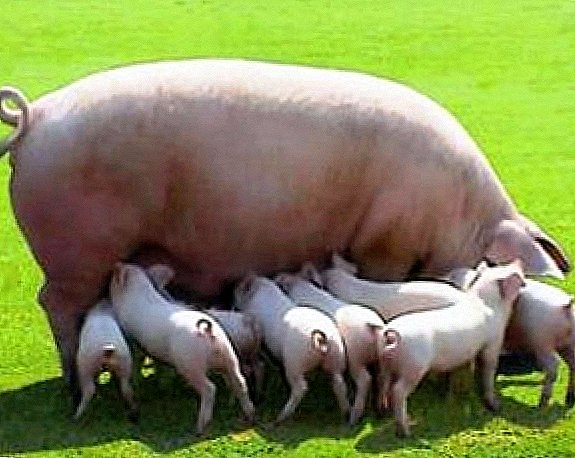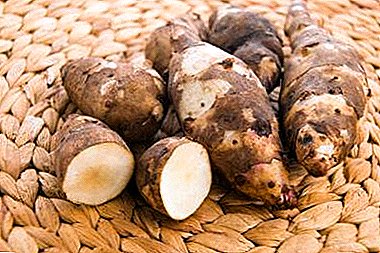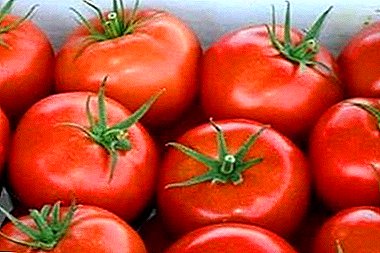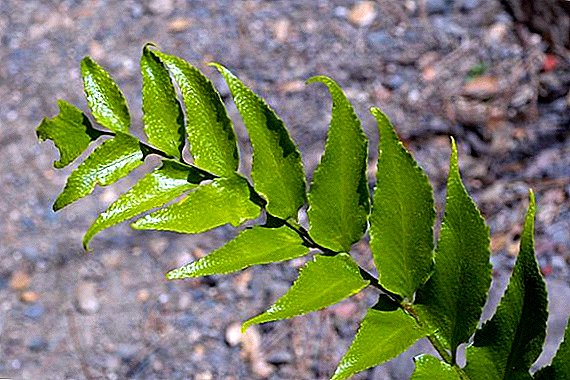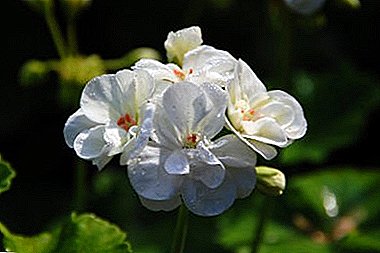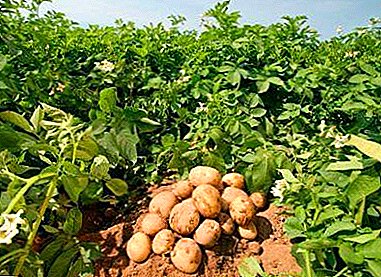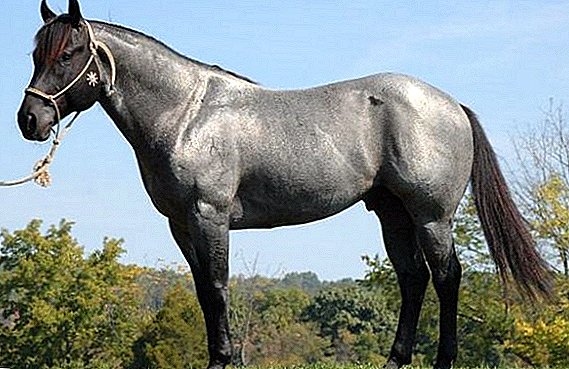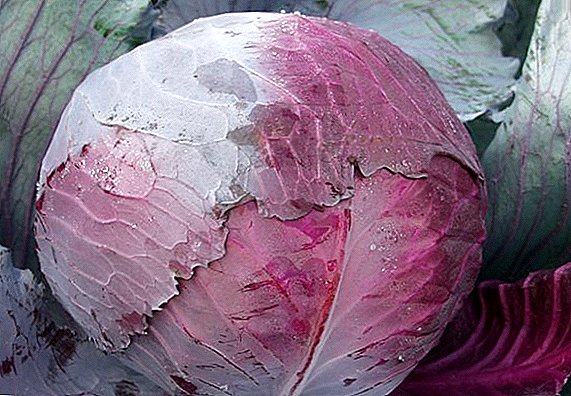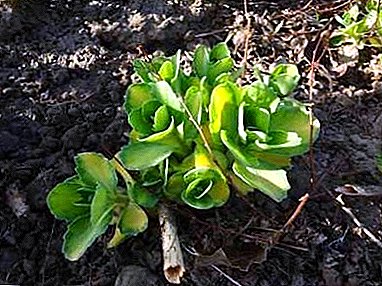
Sedum, also known as Sedum (transliteration of the scientific name), is a very large genus of succulent plants.
Our article details the cultivation, reproduction and care for stonecrop.
The diversity and multiplicity of species led to the fact that the plant has acquired a variety of alternative names.
Among them: "hare cabbage", "creak-grass", "hernial grass", "feverish grass" and even "young" (although in botany this is a completely different plant).
Almost all stonecrops are very hardy plants..
 Grow and propagate them easier than ever..
Grow and propagate them easier than ever..
Nevertheless, it is worth remembering that although Sedums prefer meadows and dry slopes, they grow almost all over the world. Some of them prefer warm, others cool.
If you want young plant stucksuch details need to be considered.
Breeding
How to multiply the stonecrop?
Crop stonecrop propagated in various ways.
Some methods are available at any time of the year, others in certain.
Saplings rather unpretentious and fear only frost and direct sunlight.
Growing from seed
In room conditions Sedum seeds sown in spring. In the open ground lay in the winter.
However, it should be noted that seed stratification is necessary for spring breeding. That is, it is necessary to artificially create winter conditions for the seeds, so that it is easier for them to emerge.
How seedcrop seeds multiply:
 Sow seeds on the soil in a small container.
Sow seeds on the soil in a small container.- Moisturize the earth.
- Cover with glass or plastic wrap. You can simply put the container in the bag and tie it.
- Put the container with seeds on the bottom shelf of the refrigerator. Need a temperature of 5 to 7 degrees. If the value is higher or lower, adjust it.
Stonecrop seeds need to keep in this condition for 2 weeks. All this time it is very important to monitor the soil moisture and the presence of sufficient oxygen.
It is advisable to remove the film or glass every day and spray the ground.
After the end of artificial winter the seed container needs to be moved to room conditions. At an ideal temperature - from 18 to 20 degrees, shoots appear in 2-4 weeks.
The size of the seedlings appeared literally miniature. As soon as they grow up and acquire leaves (one or two), they need to be dived, that is, seated in separate pots.
If you begin all manipulations with seeds in March, then at the end of May they can be planted on open ground. The distance between seedlings should be between 10 and 20 cm.
Cuttings
Reproduction of stonecrop cuttings is the simplest, fastest and most reliable. Even a child can grow up Sedum in this way, which, by the way, will bring him a lot of pleasure.
 Ampel sedums multiply in this way independently.
Ampel sedums multiply in this way independently.
How to multiply the stonecrop fall? To do this, cut the cutting at an angle and cover with earth. Store in a cool dark place.
However, if you dig up the already established young plants and plant them in the hole, they are likely to rot.
Conduct grafting possible both before and after flowering. It will not cause any harm to the plant. Cutting sequence:
- Measure the plot above-ground shoot about 5 cm long.
- Cut off selected escape site.
- Delete two lower leaves of escape.
- Loosen soil and push a cutting in it.
Spring cuttings planted immediately to open ground.
The soil in which cuttings will be planted should be well prepared.
Various weeds regardless of their size should be removed., and level the soil with a rake and slightly compact it.
Cuttings, spread out on the ground, you need to sprinkle with garden soil with sand and also slightly compacted.
The cutting of plastic pallets is greatly simplified. All cells are filled with a mixture of sod land, peat and river sand in the same proportions.
 Each cell must be planted on the handle, deepening it by 2 cm.
Each cell must be planted on the handle, deepening it by 2 cm.
Water follows as the soil dries. Keep the palettes should be in a warm and bright place, but protected from the direct influence of the sun.
In two weeks cuttings can be transplanted from palettes to a permanent place. Longer perederzhivat them can not, because the stems are too elongated.
The advantage of the palettes is the presence of coma in the ground young seedlings. Thus, it is much easier for her to settle down on the open field.
Moreover, no need for pruning roots. However, it is worth noting that such a method is unacceptable for some species: Sedums of Evers and Siebold. Cuttings of these species should be planted directly into the ground.
Winter cutting
This way used in landscaping, as he gives a lot of seedlings.
It is carried out after or at the end of flowering as follows:
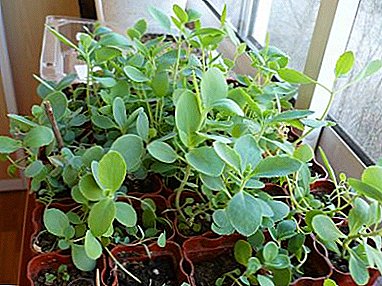 The strongest are selected and good looking flower shoots and cut off.
The strongest are selected and good looking flower shoots and cut off.- Shoots dried in a warm room.
- After the leaves fall, young shoots appear with roots.
- When shoots grow up to 4 cm they are separated and rooted in containers.
Optimum temperature for cuttings - room, but at lower they feel good.
Lighting requires goodbut not direct sunlight. Watering is necessary as the soil dries.
In late spring, cuttings can be planted in open ground. In the fall they will begin to bloom.
Rhizome division
This way they propagate tall representatives of the genus. To do this, Sedum must be an adult, not younger than 4 years.
Directly division occurs as follows:
- In early spring, stonecrop digging.
- Depending on its size, the bush is divided into several parts. Each part must have both roots and buds, from which shoots will grow.
- The cut sites are treated with a fungicide.
- The separated parts of the plant are dried for several hours in a shaded and cool place.
- Put in the ground.
A photo
Stonecrop reproduction:





Top dressing
In nature, stonecrops grow far from the most fertile lands. For this reason, they do not need any fertilizersto grow actively, and later to bloom.
However, a small amount of humus or compost earth will not damage the young plant and will only accelerate its development.
But with others fertilizer should be careful.
Various nitrogenous supplements can lead to sad consequences: rotting of the stems, leaves and roots.
Potassium phosphate fertilizers should be used in low concentrations and infrequently.


 Sow seeds on the soil in a small container.
Sow seeds on the soil in a small container. The strongest are selected and good looking flower shoots and cut off.
The strongest are selected and good looking flower shoots and cut off.